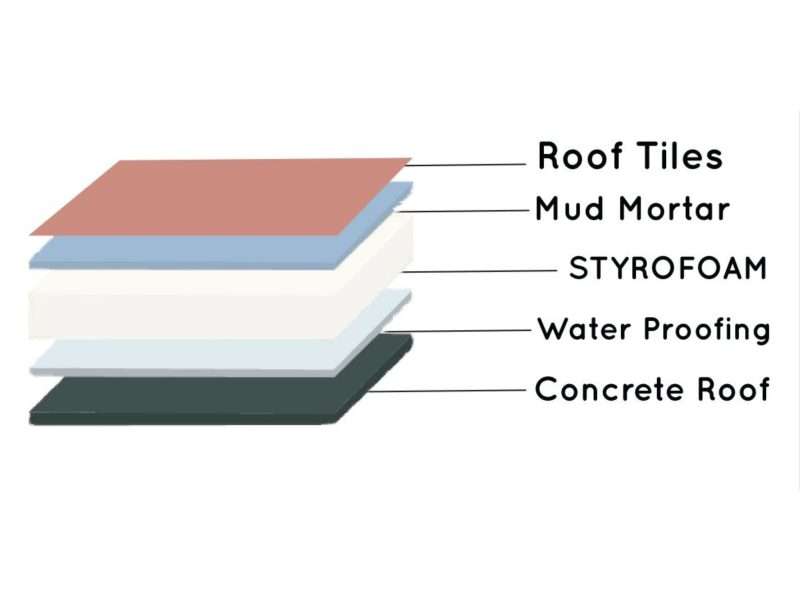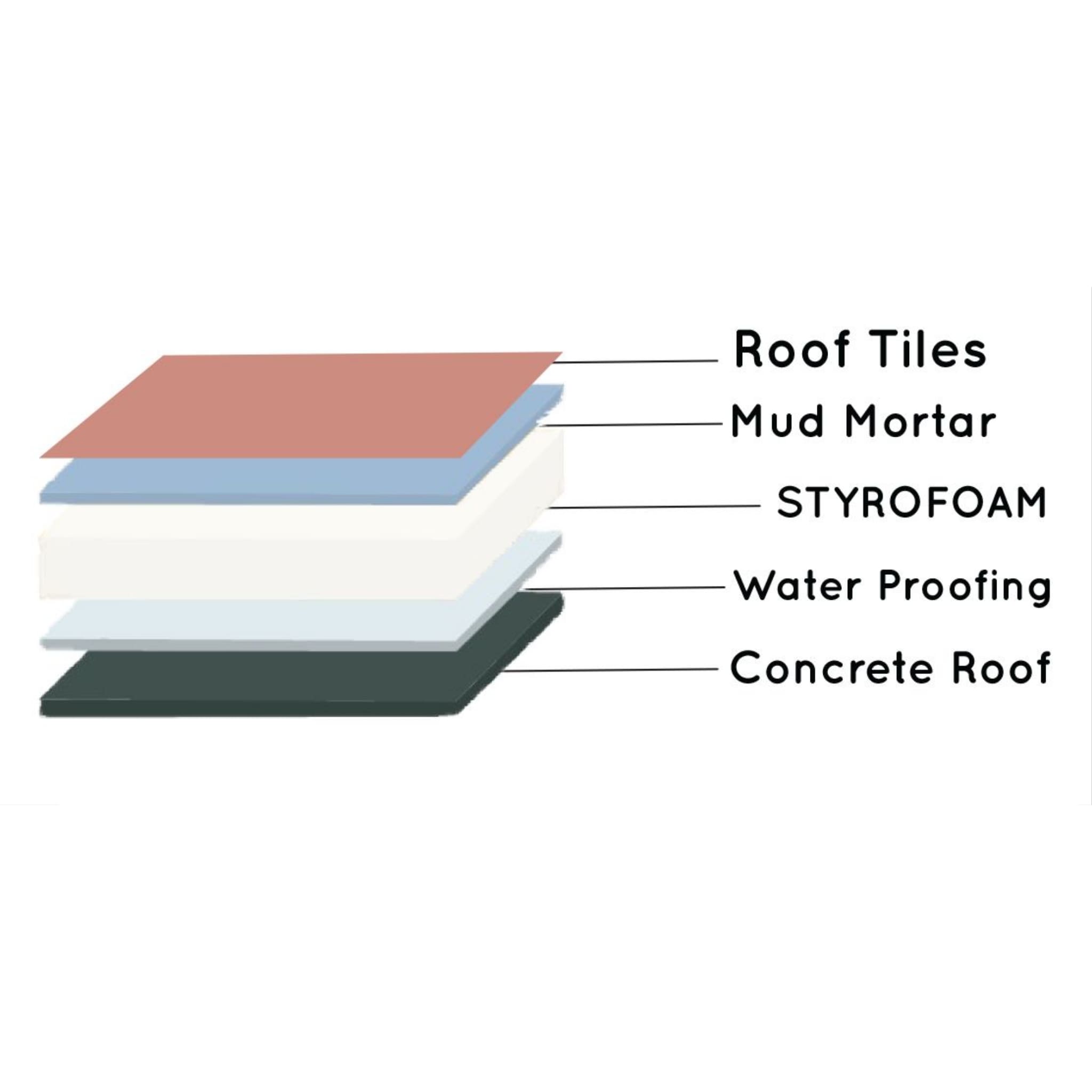
 Get the information you need about insulation EPS, including a breakdown of its features, advantages, and how it can help your business. Learn more today! Expanded Polystyrene (EPS) has become a popular form of insulation due to its cost-effectiveness, energy efficiency and environmental benefits. With the right knowledge about EPS Insulation, you’ll be able to make the most informed decisions in terms of which materials will keep your home or building warm in cooler climates and cool during hot weather. In this blog post, we’re going to explain just what it is that makes EPS so efficient when it comes to insulation!
Get the information you need about insulation EPS, including a breakdown of its features, advantages, and how it can help your business. Learn more today! Expanded Polystyrene (EPS) has become a popular form of insulation due to its cost-effectiveness, energy efficiency and environmental benefits. With the right knowledge about EPS Insulation, you’ll be able to make the most informed decisions in terms of which materials will keep your home or building warm in cooler climates and cool during hot weather. In this blog post, we’re going to explain just what it is that makes EPS so efficient when it comes to insulation!
An Overview of Insulation EPS and Its Benefits
Insulation EPS, also known as Expanded Polystyrene, is a highly effective material utilized in buildings to control temperature and reduce energy consumption. It is an eco-friendly insulation option that perfectly fits the needs of both residential and commercial buildings. With EPS insulation, you can reduce your energy bill by up to 40% while keeping your house comfortable during extreme temperatures.
It is known as a cost-effective solution and is pre-packed in different sizes and shapes to suit any construction requirement. Besides, EPS insulation is also resistant to moisture and mould, which eliminates the possibility of attracting insects or rodents into your home. Overall, EPS represents a smart, efficient and long-lasting investment with significant environmental benefits to boot.
Different Types of EPS Insulation and Their Advantages
Insulation is a crucial element in maintaining a comfortable and efficient home. One popular type of insulation is EPS, or expanded polystyrene, which offers a variety of benefits. There are different types of EPS insulation available, including rigid boards, bead foam, and insulated concrete forms. Each offers unique advantages such as versatility, durability, and thermal resistance.
Rigid boards are ideal for walls and roofs, providing strength and moisture resistance. Bead foam is commonly used in attics, foundations, and crawl spaces for its lightweight and easy installation. Insulated concrete forms are perfect for new construction and offer high energy efficiency and sound insulation. Understanding the different types of EPS insulation available can help homeowners choose the right one for their specific needs and budget.
The Cost-Effectiveness of Using EPS Insulation for Your Home
When it comes to improving the energy efficiency of your home, insulation is a crucial aspect to consider. But with so many options out there, which type of insulation should you choose? Enter EPS insulation. Not only is it cost-effective, but it also provides ample thermal resistance to keep your home comfortable and your energy bills low.
Plus, it’s lightweight and easy to install, which means you can have it up in no time. Overall, with its cost-effectiveness and energy efficiency, it is a smart choice for any homeowner looking to improve their home’s insulation.
Install EPS Insulation for Maximum Efficiency
Are you tired of constantly cranking up the thermostat during the winter months? Look no further than EPS insulation to provide maximum efficiency and keep your home warm. But proper installation is key to ensuring that you get the most out of your insulation.
By starting with a clean and dry surface, and carefully cutting the EPS to fit snugly within your walls, you can effectively prevent any pesky drafts from creeping into your home. Don’t forget to seal any gaps or seams with tape or adhesive to further increase insulation effectiveness. Take the right steps to properly install EPS insulation and enjoy savings on your energy bills while staying toasty warm all winter long.
Tips for Keeping Your EPS-Insulated Home Working Efficiently
One of the best ways to save money on energy costs is by keeping your EPS-insulated home working efficiently. Insulation is crucial for keeping your home’s temperature regulated, but it’s important to remember that insulation needs maintenance too.
Start by checking for gaps and cracks in the insulation, which can let air escape and undo all your hard work. Another tip is to make sure your insulation is properly installed and has not shifted over time. A well-insulated home can save you up to fifty percent on energy costs, so taking the time to maintain it will be well worth the effort!
Potential Problems and How to Avoid Them
When it comes to insulating your home, expanded polystyrene (EPS) insulation can be an excellent choice. It’s lightweight, easy to install, and has fantastic thermal insulation properties. However, like any building material, there are some potential problems associated. For example, it is susceptible to moisture damage and can decrease in effectiveness over time.
To avoid these issues, it’s essential to work with a professional contractor who understands the proper installation techniques for EPS insulation. They can ensure that the insulation is properly sealed, preventing moisture from getting in and causing damage. Additionally, it’s a good idea to have your insulation inspected regularly to ensure that it’s still providing optimal thermal insulation. By taking these steps, you can enjoy the many benefits without worrying about potential problems down the line.
Conclusion
In conclusion, EPS insulation is an efficient and cost-effective choice for your home. Its lightweight, simple installation and superior thermal protection make it a great option for any home improvement project. You can easily find different types of insulation that meet your needs within any budget. However, there are still some potential problems, such as condensation buildup, seams not being sealed properly, air leakage, and air infiltration.
To ensure maximum efficiency from your insulation system and to avoid any potential problems, it’s important to take proper measures like performing regular maintenance checks on your insulation system and implementing the required weatherproofing techniques. With the right steps in place, you can rest assured that EPS insulation will be a functional and reliable part of your home for years to come.
